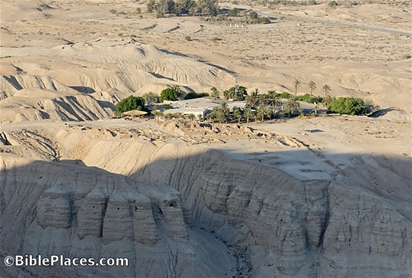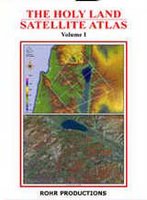The Bible Lands Museum in Jerusalem has a special lecture series running through April 2007. The topic is “The Bible: A View from the 21st Century – Literary Genres,” and it is advertised as addressing these questions:
How did ancient Israel’s law resemble that of its neighbors? Who was a false prophet? What makes the writing of history in Ancient Israel unique? And more… Join us as leading Bible scholars will analyze the various literary genres of the books of the Bible, their content and their form.
The lecture schedule posted so far is as follows:
November 15, 2006
Lecture I in the Hebrew series “The Bible, A View from the 21st Century – Literary, Genres”:
The Bible – Beginning of the Jewish “Big Bang”
Prof. Yair Zakovitch, Hebrew Univ.
Lecture in Hebrew
November 22, 2006
A Chalcolithic Cemetery in Palmachim: Features of a Peripheral Site in the Center?
Amir Gorzalczany, IAA
Lecture in Hebrew
November 29, 2006
Lecture I in the English series “The Bible, A View from the 21st Century – Literary, Genres”:
The Bible – Beginning of the Jewish “Big Bang”
Prof. Yair Zakovitch, Hebrew Univ.
Lecture in English
December 6, 2006
Lecture II in the Hebrew Series “The Bible, A View from the 21st Century – Literary Genres”:
Teachings and Commandments; Laws and Statutes: Features of Biblical Law
Dr. Baruch Schwartz, Hebrew Univ.
Lecture in Hebrew
December 13, 2006
Antiochus IV and the Levant: the Wider Context of the Macchabean Revolt
Dr. Gerald Finkielsztejn, IAA
Lecture in Hebrew
December 27, 2006
Lecture II in the English Series “The Bible, A View from the 21st Century – Literary Genres”:
Teachings and Commandments; Laws and Statutes: Features of Biblical Law
Dr. Baruch Schwartz, Hebrew Univ.
Lecture in English
January 3, 2007
Lecture III in the Hebrew Series “The Bible, A View from the 21st Century – Literary Genres”:
History Writing in Israel: Scope, Origins, Forms, and View
Prof. Sarah Japhet, Hebrew Univ.
Lecture in Hebrew
The lectures are free with museum entrance.

